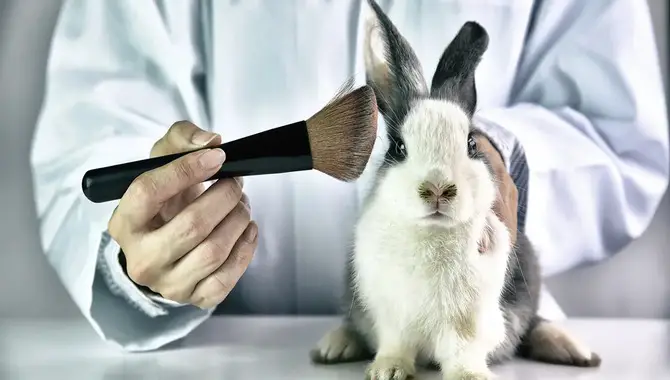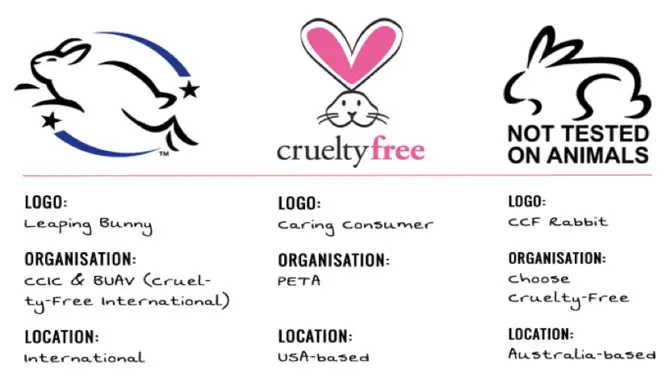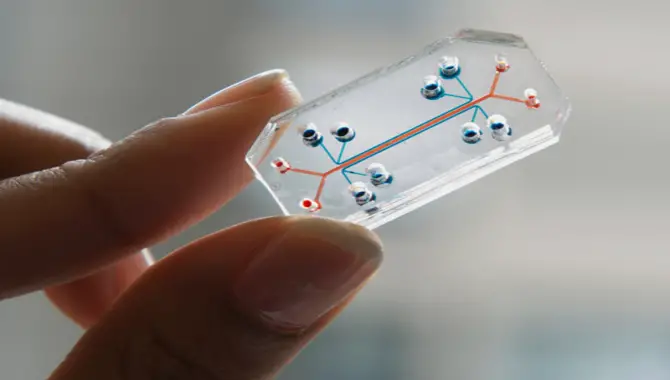The term “cruelty-free” indicates that a product or its ingredients have not been tested on animals at any point during its production. When shopping for beauty and personal care products, you may have noticed some products labeled “cruelty-free.” But what does that really mean?
Cruelty-Free Really Mean that the product and its ingredients have not been tested on animals. The term is not regulated by the Food and Drug Administration (FDA), so companies can use it freely without fear of punishment.
While it’s great that some companies are choosing not to test on animals, there are a few things to keep in mind before assuming that all cruelty-free products are created equal.
For starters, just because a product is labeled cruelty-free doesn’t mean it’s vegan Cruelty-free products may still contain animal-derived ingredients, such as honey, beeswax, and lanolin.
Additionally, a product that’s labeled cruelty-free may not be completely free of animal testing. In some cases, companies may outsource testing to third-party facilities that use animals.
So, how can you be sure you’re buying a completely animal-friendly product?
The best way to do this is to look for products that are certified by a reputable organization, such as Leaping Bunny or PETA’s Beauty Without Bunnies program.
These organizations have strict standards in place to ensure that products carrying their certification logo are truly cruelty-free.

Contents
- 1 What Is The Difference Between “Cruelty-Free Really Mean” And “vegan”?
What Does “cruelty-free” Mean?

Cruelty-freeis a term most often used in the cosmetics industry to mean products that have not been tested on animals. The term can also be used to refer to products that are not made from animals or that do not contain animal-derived ingredients.
There is no single, global definition of cruelty-free,so companies may use the term in different ways. For example, some companies may only sell products that have not been tested on animals, while others may sell products that do not contain animal-derived ingredients but have not necessarily been tested on animals.
The term cruelty-freeis not regulated by any government or international body, so companies are free to use it as they see fit. However, there are a number of certification bodies that offer cruelty-free certifications to companies that meet their standards.
As the term cruelty-freeis not regulated, it is important to do your own research before buying any products. You can check a company’s website or contact them directly to find out more about their testing and ingredient policies.
A good place to start your research is the cruelty-free section on the website of the Humane Society International (HSI), which lists companies that have signed HSI’s pledge not to test finished products or ingredients on animals.
Here is an example of a cruelty-free product:
The Body Shop’s Shea Butter Body Lotion is a cruelty-free product that has not been tested on animals. The lotion is also vegan, meaning it does not contain any animal-derived ingredients.
What Is The Difference Between “Cruelty-Free Really Mean” And “vegan”?

“Cruelty-free” products are not tested on animals, while “vegan” products do not contain any animal-derived ingredients.The terms “cruelty-free” and “vegan” are often used interchangeably, but there is a big difference between the two.
“Cruelty-free” means that the product was not tested on animals, but it may still contain animal-derived ingredients. “Vegan” means that the product does not contain any animal-derived ingredients.
Here’s a real-life example:
Let’s say you’re looking for a new shampoo and you come across two options: one that’s cruelty-free and one that’s vegan. The cruelty-free shampoo may still contain honey, beeswax, or other animal-derived ingredients, while the vegan shampoo will not. If you’re looking for a product that’s truly cruelty-free, you’ll want to choose the vegan option.
How Can You Tell If A Product Is Cruelty-free?

If a product is not tested on animals, it is cruelty-free. When it comes to animal testing, there are a lot of different ways products can be labeled. Cruelty-freeis a term that indicates that no animals were harmed in the making of the product. Here’s a quick guide on how to tell if a product is cruelty-free:
1. Look for the Leaping Bunny Logo: The Leaping Bunny Program is the leading internationally recognized certification for products that are free of new animal testing. Companies that are certified by the Leaping Bunny Program have signed a pledge that they do not conduct, commission, or pay for any new animal testing on their products or ingredients.
2. Check the Company’s Website: Many cruelty-free companies will proudly display the Leaping Bunny logo or similar certification on their website. You can also usually find a statement about the company’s commitment to being cruelty-free.
3. Contact the Company Directly: If you can’t find any information about a company’s animal testing policies on their website, you can always contact them directly and ask. Most companies are happy to share this information with consumers.
4. Use a Cruelty-Free Shopping Guide: There are a number of helpful shopping guides that list cruelty-free companies and products. These can be a great resource when you’re trying to figure out which products to buy.
5. Do Your Own Research: Finally, remember that you can always do your own research on a company or product to see if it meets your standards for being cruelty-free.
Here’s an example of a cruelty-free product:
Beauty Without Cruelty’s Ultra-Lift Eye Cream is a great option for those looking for a cruelty-free eye cream. This product is certified by the Leaping Bunny Program, and the company has a clear policy against animal testing. The cream is also vegan and free of harsh chemicals, making it a great choice for those with sensitive skin.
Why Do Some Companies Continue To Test On Animals?

Some companies continue to test on animals because it is a cheap and easy way to test the safety of their products.
It’s no secret that many companies test their products on animals before bringing them to market. But
Why Do They Continue to Do This?
There are a few reasons. First, it’s important to understand that animals and humans are not the same. So, while a product may be safe for animals, it doesn’t necessarily mean it’s safe for humans.
Second, companies want to be sure that their products are effective. They need to know that the active ingredients in their products will actually work when used by people.
And finally, companies want to avoid liability. If a product is not tested on animals and something goes wrong, the company could be held liable.
So, while there are some valid reasons for companies to test their products on animals, there is also a lot of public pressure to stop this practice. Animal rights activists argue that it’s cruel and unnecessary, and they point to the fact that there are alternative methods of testing that don’t involve animals.
At the end of the day, it’s up to each company to decide whether to continue testing on animals or not. But, as public pressure continues to mount, it’s likely that more and more companies will start to look for alternative methods.
What Are The Alternatives To Animal Testing?

There are alternatives to animal testing, such as in vitro testing, which uses cells and tissues from humans or animals to test a product. Animal testing is a process where animals are used to test the safety of products before they are made available to the public.
While it is required by law in some countries, many people believe that it is cruel and inhumane. As a result, there is a growing movement to find alternatives to animal testing.
One popular alternative is in vitro testing. This is where cells are grown in a laboratory and then exposed to the test substance. This method is often used for toxicity testing.
Another alternative is computer modelling. This is where computer software is used to simulate the effects of a substance on the body. This method is often used for testing the safety of new drugs.
A third alternative is to use human volunteers. This is where people are paid to test a new product. This method has the advantage of being able to test the product on people who are similar to the target market.
Which of these methods
Is The Best Alternative To Animal Testing?

There is no definitive answer to this question. Each method has its own advantages and disadvantages. In vitro testing is considered to be more accurate than animal testing, but it is also more expensive. Computer modelling is considered to be less accurate than animal testing, but it is also less expensive. Human volunteers are considered to be the most accurate method, but it is also the most expensive.
It is up to each individual to decide which of these methods is the best alternative to animal testing.
FAQ
1.Is It Really Possible To Be 100% Cruelty-free?
2.What Effect Does The Cruelty-free Movement Have On The Beauty Industry?
3.What Are Some Of The Most Popular Cruelty-free Beauty Brands?
4.What Are Some Of The Challenges Faced By Cruelty-free Companies?
5.What Does The Future Hold For The Cruelty-free Movement?
Conclusion
There are a lot of different interpretations of what “cruelty-free” means when it comes to animal-friendly products. The most important thing to remember is that if a product is truly cruelty-free, no animals should have been harmed in the making of that product. When in doubt, always do your own research to make sure that the products you’re using are truly cruelty-free.
I hope that you understand what “cruelty-free” means in relation to animal-friendly products. If you have any questions, please leave a comment below.
